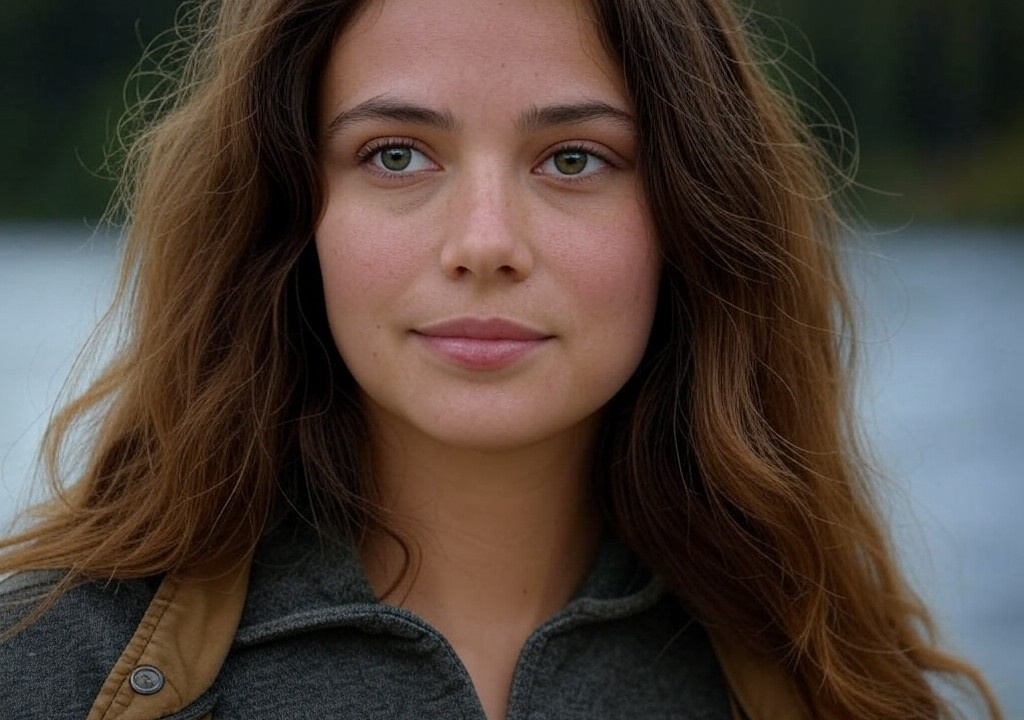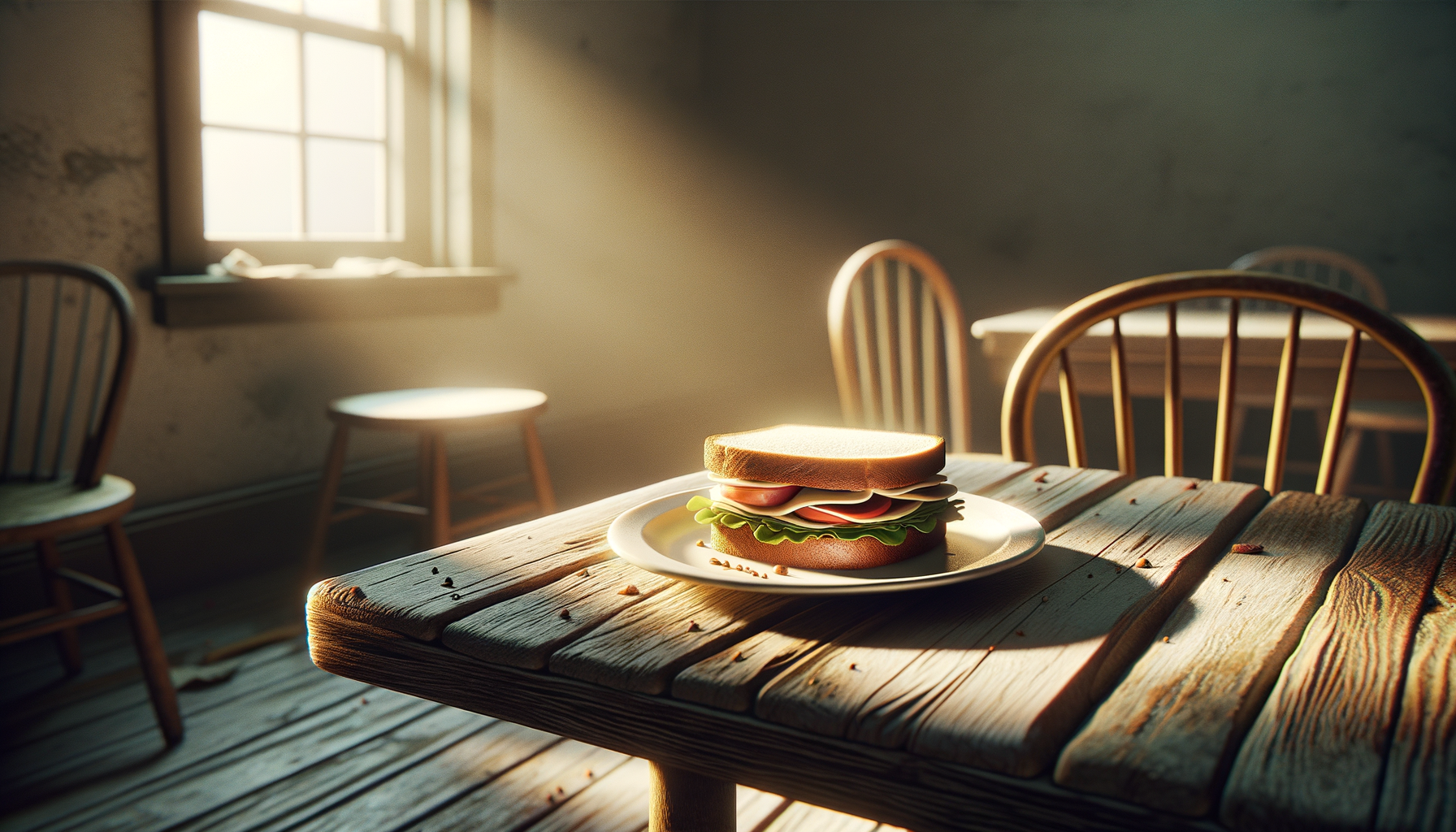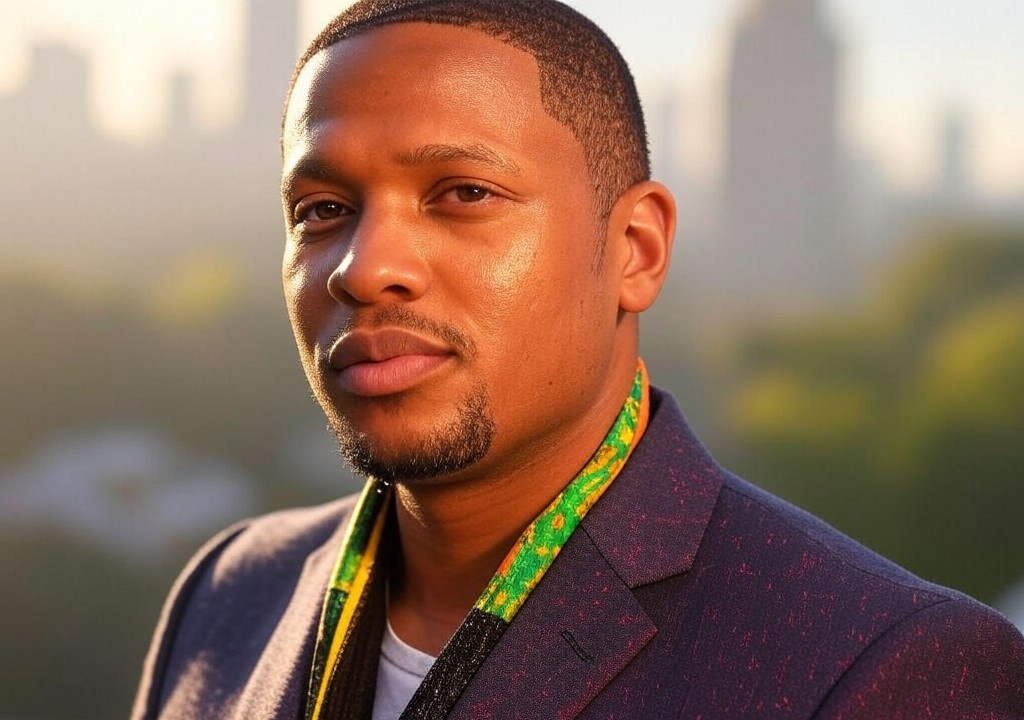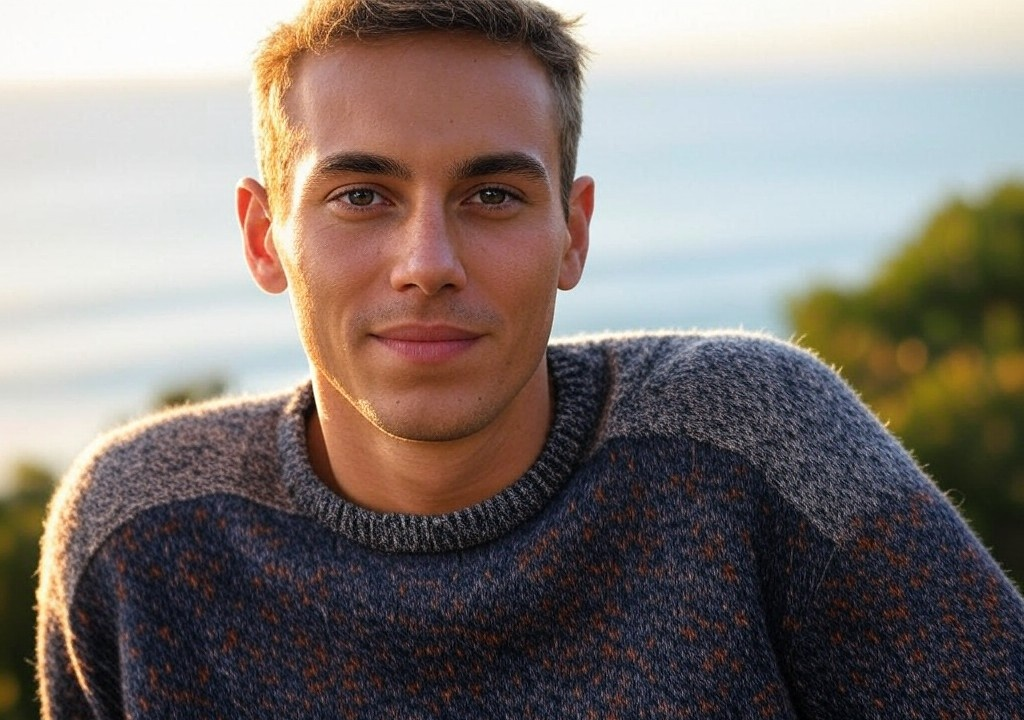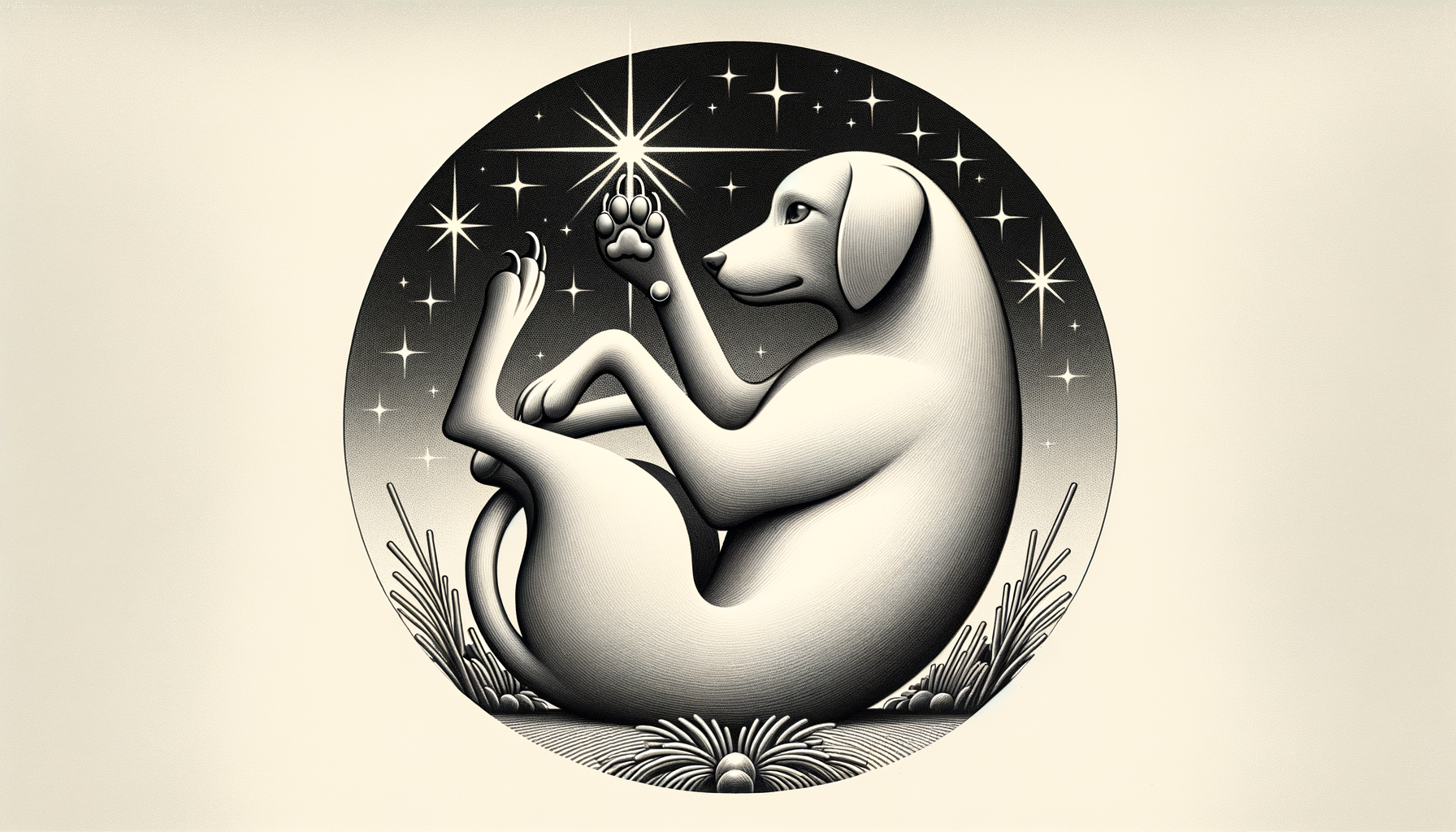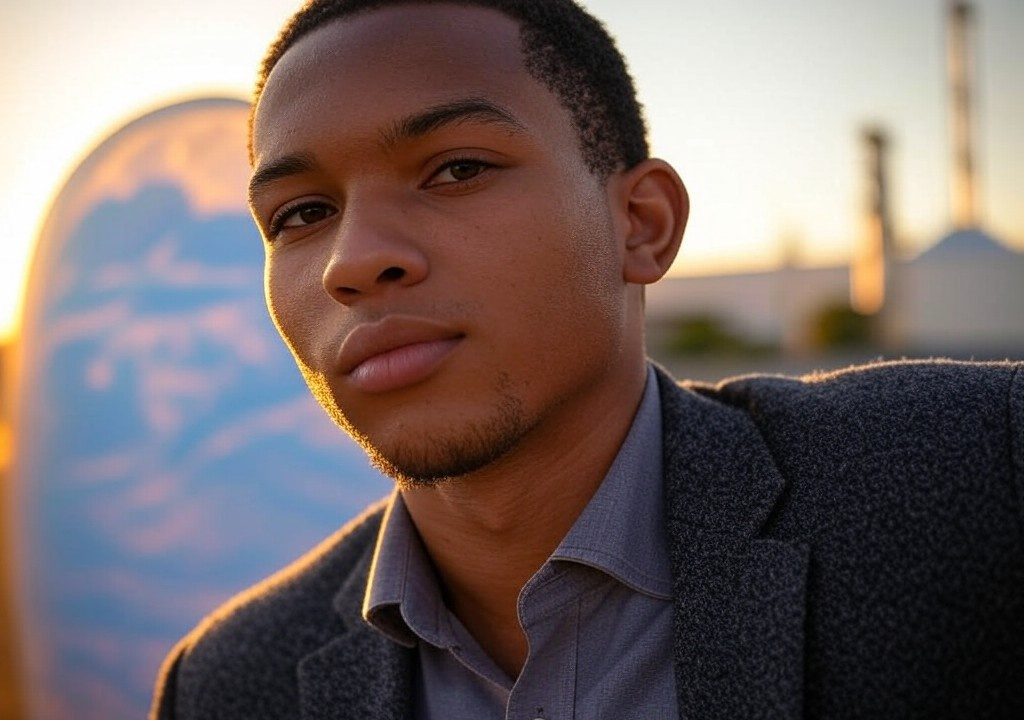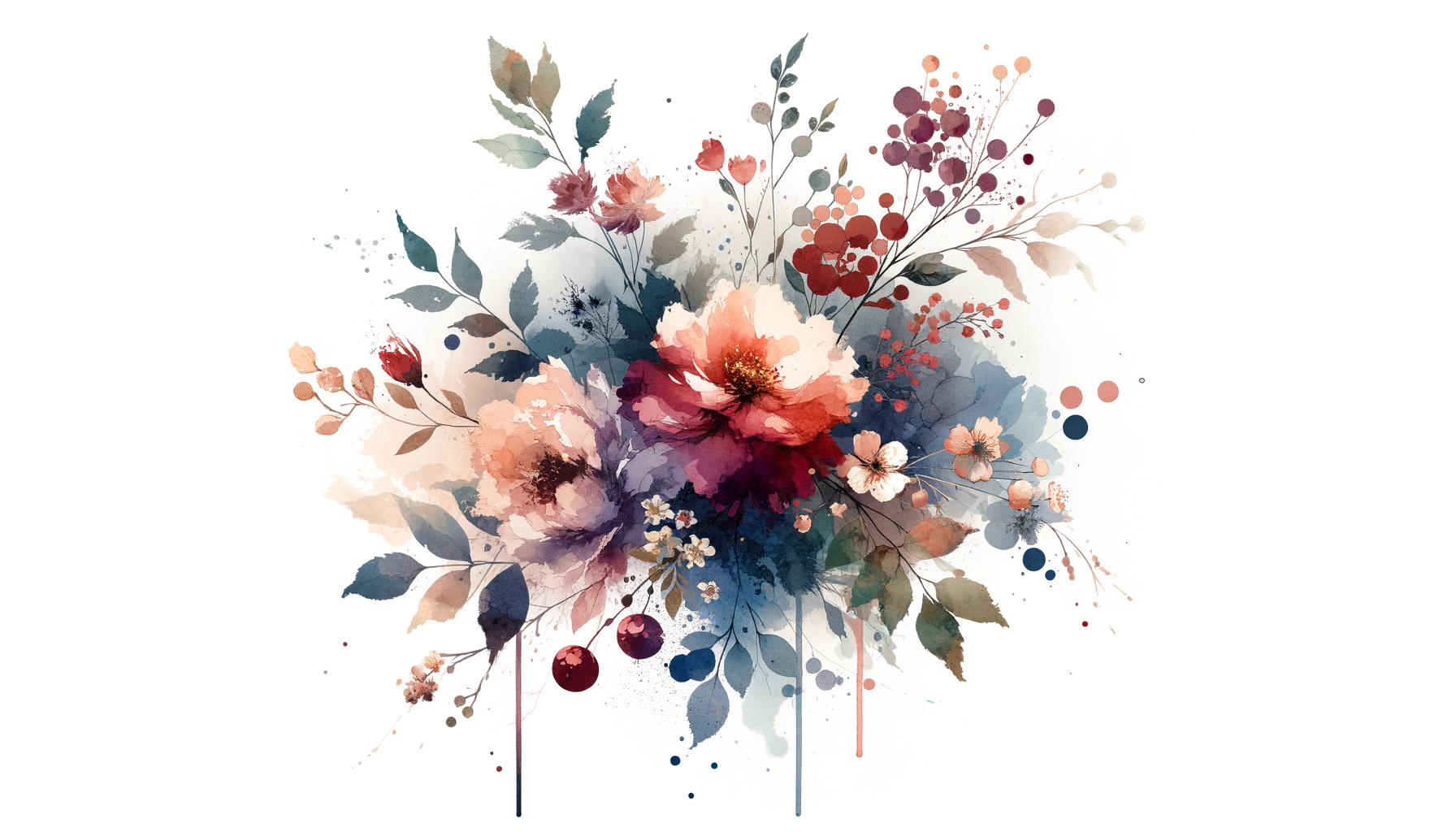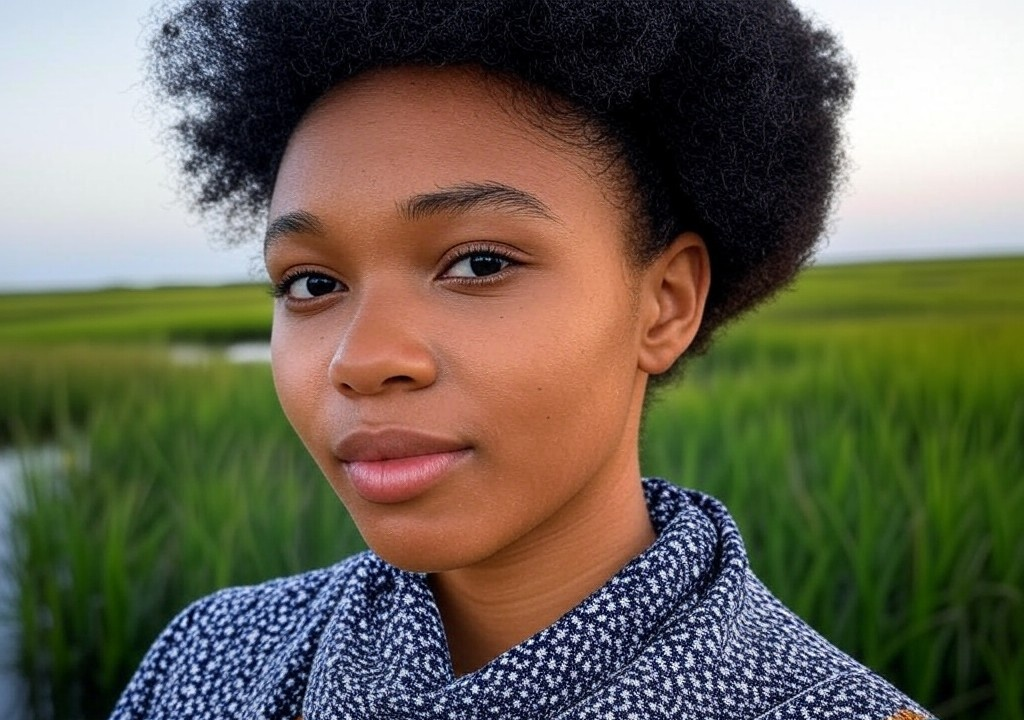My Greatest Risk
The Leap: Leaving the Known Behind
I’ve always been enchanted by the delicate interplay of roots and wings—how they shape us, steady us, and dare us to fly. My childhood in Coeur d’Alene was all roots: a lakeside haven etched in shades of pine green and cobalt blue, where every gaggle of tourists pulling up to our family resort brought curiosity but never permanence. Wings, though? Those felt trickier to master. Where could you even go when every horizon was bookended by sawtooth mountains and the kind of stillness that swallows time?
It turns out, my risk started in the most unromantic setting imaginable: a windowless office in midwinter. Imagine a fluorescent-lit cube farm, the kind you only escape once you’ve surfed “best office plants” one too many times on your lunch break. At that time, I was working for a conservation nonprofit, wrestling grant deadlines and spreadsheets. It wasn’t bad work—meaningful, even—but it was static. Comfortable, yes, but it smothered the part of me that craved something messy, uncertain, wildly alive.
That was when I did something out of character for my pragmatic, earthbound self. I applied to a residency program for emerging writers. It came with a simple pitch: live in a remote cabin for six weeks, write whatever scared you most, and share your pages in a public reading at the end. You know, no big deal.
Here’s the kicker: I had to submit my “best unpublished work” as part of the application, but the truth was, I didn’t have much to show. Sure, I’d penned enough musings on huckleberry bushes and rain-shadowed ridges to fill a small library, but none of it felt ready to stand on its own. I sent in two stories anyway—raw, uneven, stuffed into manila folders—and promptly tried to forget all about it.
When I was accepted, I celebrated the only way I knew how: with holy terror.
Digging Into the Fear: What Could Go Wrong?
The most nerve-wracking part of taking a leap of faith isn’t the leap itself—it’s the hang time. The free fall where the landing is uncertain, where you wobble between “This is a brilliant idea!” and “I made the greatest mistake of my life.” In my case, here’s what my brain cataloged as potential hazards:
- Complete and utter failure. What if my writing was garbage? Worse, what if the other writers found my work amateurish—small-town clichés that reeked of too much Annie Dillard and too little originality?
- Isolation meltdown. Sure, the brochure made the cabin look quaint, but let’s be real—what if I spiraled after four days with no Wi-Fi, no coffee shop banter, and no connection to the world outside?
- Being exposed. This one stung the most because it felt inevitable. Sharing writing that deeply mattered to me wasn’t just risky; it felt like emotional nudity. There’s no safety net when someone wrinkles their nose at your words—words that came from that raw, vulnerable place you rarely let anyone see.
Still, I packed my car, raided the campus library for thick poetry anthologies, and threw my favorite boots into the trunk for moral support.
The Cabin Diaries: Risk Meets Reward
Here’s the thing they don’t tell you about taking big risks: the growth doesn’t come in one thunderclap moment. It sneaks in, disguised as tiny shifts. That first week in the cabin, I didn’t discover some magical wellspring of creative genius. Mostly, I discovered my ability to cry quietly into a mug of herbal tea while reading rejection letters (residencies, by the way, are terrible places to check your email).
But little by little, the stillness worked its way into me. Without the distractions of town or deadlines, I found myself pulling apart old stories, stitching them together in new ways, staying up late to reimagine endings. The forest outside my cabin window became both company and metaphor—gnarled, unpredictable, exactly like the plots I’d been trying to tame for years.
During one late-night editing marathon, I noticed an offhand detail tucked in the opening paragraph of a story I rarely shared aloud: a side character visiting a resort where guests left handwritten letters in driftwood mailboxes along the shore. That sentence stayed with me, refusing to leave, until I scrapped the rest of the draft and rewrote the entire narrative through her eyes. It became my longest story yet.
When Risks Have Real Stakes
Fast forward to the residency’s final week—the dreaded public reading. Picture this: standing at the front of a cozy lodge, staring down strangers sprawled on log-bench seating, and wishing I’d brought a prop to distract them from me. Inextricably, I heard my mother’s voice from a childhood fishing trip echo in my head: “Sometimes you just have to cast the line and keep your eye on the water.” Well, the line was cast, and there was no reeling back now.
I read the driftwood story. My hands trembled, my voice cracked, but something amazing happened as I reached the end. A woman in the back wiped her eyes. A man seated near the wood stove nodded slowly, as if he recognized something familiar in my words. No applause could touch that moment; it was connection in its rawest, most authentic form.
Later, a fellow writer approached me and said, “You took risks in that story. I felt it. That’s what made it work.”
Lessons from the Leap: Risks Worth Taking
The biggest takeaway from that cabin experiment wasn’t that I became a braver writer (although I did). It was discovering how so much of life parallels good storytelling. Whether it’s chasing love, carving out a creative path, or learning yourself better in relationships, the boldest risks invite connection by forcing you to dig deep into truth—forging a tether between yourself and someone else.
How do you take a leap of your own? Here’s what helped me:
1. Start messy. Don’t wait until you’re polished or “ready.” Most great risks look chaotic in the beginning, whether it’s penning a story, striking up an unexpected conversation, or leaving what’s comfortable to chase what’s fulfilling.
2. Do it scared. A pit in your stomach doesn’t mean you’re wrong—it’s an invitation. If the thought of moving forward feels exhilarating-terrifying, you’re probably in the right place.
3. Detach from the outcome. Here’s a wild truth: that residency wasn’t about impressing anyone else. It was about proving to myself that I could show up, say “Here’s what I care about most,” and let the chips fall where they may. Success flowed naturally from that vulnerability.
4. Find your tribe. Whether it’s readers, friends, or people who just get where you’re coming from, risks bloom best when shared. Pay attention to those who hold space for you to grow.
The Legacy of Leaps and Love
Here’s the part of risk-taking no one talks about: how one leap can become a breadcrumb trail for everything that follows. That residency sparked stories that became my debut novel—and those stories, in turn, became conversation starters with editors, friends, and even a guy I once chatted up over too-bitter coffee at a farmer’s market. (Spoiler: we’re still talking.)
More importantly, it gave me a quiet confidence I carry into every connection. Risks don’t promise outcomes, but they do promise clarity—about who you are, what you want, and what’s worth chasing. Trust me, that’s a leap always worth taking.


